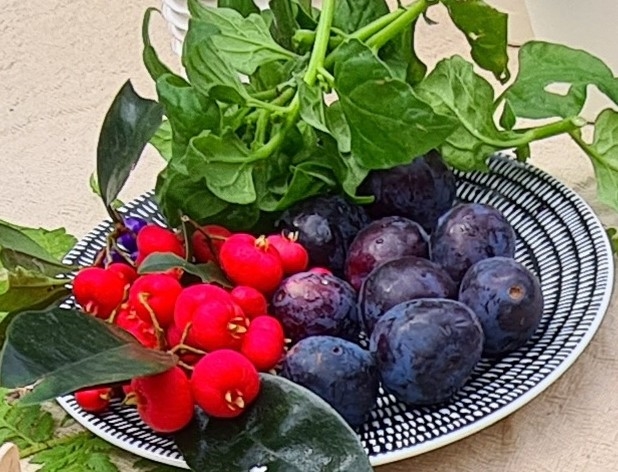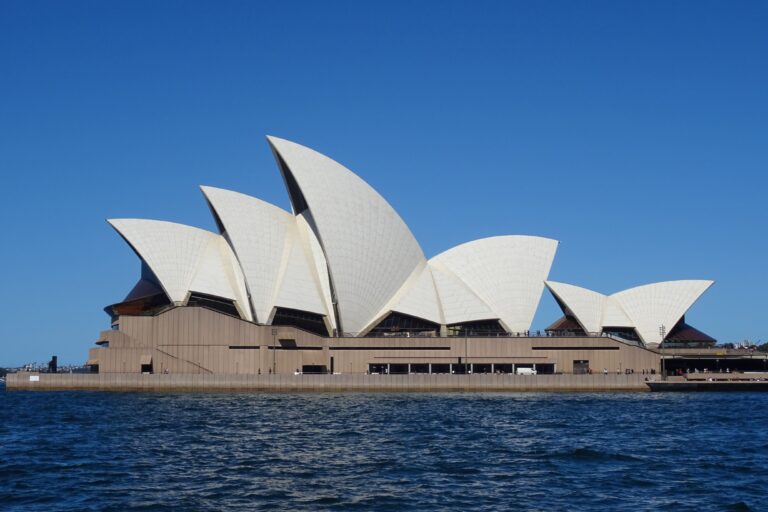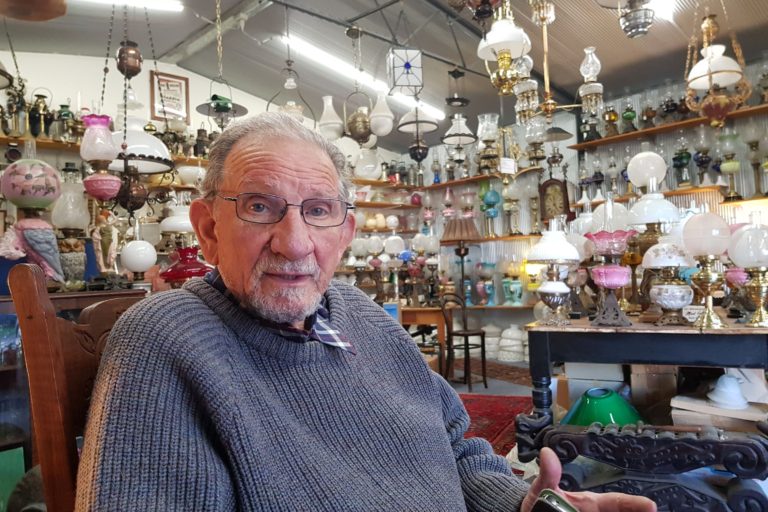By Neena Bhandari
When British Museum’s Alison E. Wright opened a box of 16th century Dutch and Flemish prints, she was amazed to discover Dutch Baroque era engraver, Jan Saenredam’s magnificent engraving of a beached sperm whale from 1602. It was many years ago, but it had sparked in her the idea of curating the Curious Beasts: animal prints from Dürer to Goya exhibition.
“Saenredam’s whale is now at the heart of the Curious Beasts. The remarkably accurate representation of this mysterious giant is bordered by an equally remarkable frame that gives us broader insight into the ways people thought about whales: images of eclipses, earthquake and plague tie into the idea that the monstrous sea creature dying on land was a bad omen. The whale is surrounded by a crowd of sightseers, testifying to the intense curiosity about strange and rare creatures in this period”, says Wright, who has enjoyed showing it to new audiences.
Curious Beasts will be on display at the South Australian Museum from 21 October 2016 to 5 February 2017. The exhibition explores humankind’s enduring fascination and curiosity about the fauna through vibrant imagery found in prints of the 15th to the early 19th centuries, a period coinciding with the emergence of printmaking as a major art form and communication tool, and European explorers sailing to lands afar in Asia and the Americas.
“The exhibition takes inspiration from the complexity of Saenredam’s print, drawing on the diversity of the British Museum’s collection to put natural history studies in the context of people’s wider relationships with the animal world. The range of material covers everything from religious subjects (e.g. Adam and Eve in the Garden of Eden) to political satire and practical objects – one etching of a rabbit was designed as a target for archery practice”, says Wright.
The exhibition features 86 rare woodcuts, engravings, etchings, mezzotints and lithographs by some of the best known artists of that era, including singular works such as Albrecht Dürer’s The Rhinoceros (1515) and George Stubbs’s A Tyger (1788), alongside Rembrandt van Rijn’s The hog (1643), Francisco de Goya’s Tauromaqiua (1816), as well as many treasures by artists rarely seen, such as, Joannes van Doetecum’s stunning The Siege of the Elephant (1550-1570).
The South Australian Museum has been fortunate to snare Curious Beasts for its fifth and final showing in part because the Museum’s director Brian Oldman, who was for five years Managing Director of the British Museum Company, was aware of the exhibition’s availability. The exhibition has previously travelled to four museums in the U.K and the U.S. After the show, the prints will return to be stored in British Museum’s Prints and Drawings Department, perhaps never to return to these shores.
Oldman says, “I knew this was once-in-a-lifetime opportunity for these prints to be shown in the Southern Hemisphere. It is a great opportunity to respond to these historic prints which reflect the European curiosity with the natural world and our own collections: A demonstration that humans are in permanent pursuit of discovery”.
Animals have inspired graphic artists in various ways and the artists in turn have contributed to enhancing our knowledge about the natural world. The mythical and real creatures, categorised into three main themes, will excite and intrigue visitors.
The Allegorical Animals section highlights the symbolic significance of creatures and the moral stories woven around them. These prints depict popular biblical stories, and other narrative subjects including classical mythology and fables, proverbs and allegories, political satire and popular beliefs. It includes Dürer’s Adam and Eve (1504); standing on either side of the tree of knowledge with the serpent, and in the foreground a cat, an elk, an ox, a hare, a parrot, a mouse. Each creature in this engraving has a symbolic meaning. For example the parrot, which could be taught to speak, is a positive symbol of animal cleverness to be compared with the cunning serpent that tempted Eve. The biblical setting of the Garden of Eden both required and provided an excuse for artists to work animals into their compositions.
The Observing animals section relates to science, exploration and the development of natural history. It provides insights into the ways that artists contributed to natural historical knowledge and used a range of techniques, including copying the observations of others, to create ‘naturalistic’ images of animals. Prints during this period were a vital tool in the exchange of information. It includes Rembrandt’s The Hog (1643); a hog lying on the ground with children and adults sketched to the left. Here, the great Dutch etcher turns his attention to an event of great importance in the agricultural calendar, the butchering of a domestic pig.
The Encountering animals highlight how animals formed an integral part of life in the early modern period through farming, hunting and entertainment such as bull-baiting. Exotic creatures also entered everyday life as fashionable accessories and in menagerie exhibits, and were satirised and documented for posterity in turn by printmakers. This section includes Stubbs’s Leopard Sleeping (1791).
The South Australian Museum will be using its own natural history collections to interpret the European prints through the Australian landscape, local indigenous stories and specimens. It will also showcase the changing methods and approaches to observing animals and sharing knowledge about them.
Oldman says, “Audiences will have to come to the exhibition to see what surprises come out of our glass cases, storage shelves and research laboratories. This exhibition will be a fascinating exploration of human curiosity and the creativity we use to express our understanding of the natural world – the same curiosity which inspired 15th century print masters and which continues to inspire scientists today. What did those Renaissance prints say about their world and what can museum collections and research tells us today”.
© Copyright Neena Bhandari. All rights reserved. Republication, copying or using information or photographs from neenabhandari.com content is expressly prohibited without the permission of the writer and the media outlet syndicating or publishing the article.



